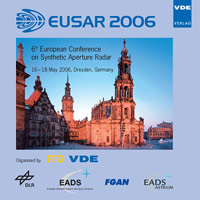Voids in SRTM data caused by sand dunes
Konferenz: EUSAR 2006 - 6th European Conference on Synthetic Aperture Radar
16.05.2006 - 18.05.2006 in Dresden, Germany
Tagungsband: EUSAR 2006
Seiten: 3Sprache: EnglischTyp: PDF
Persönliche VDE-Mitglieder erhalten auf diesen Artikel 10% Rabatt
Autoren:
Farr, Tom G. (Jet Propulsion Laboratory, California Institute of Technology, Pasadena, California)
Inhalt:
Voids in the topographic data produced by the Shuttle Radar Topography Mission have several causes. Most common are geometric voids caused by shadowing or layover associated with high-relief areas. Very smooth areas have also been found to cause voids. These are commonly found in water bodies, but also in sand-covered areas such as the Sahara Desert. A third void type is associated with sand dunes. While smooth at small scales, sand dunes typically have larger scale relief which should provide enough backscatter for radar images to be formed. However, Blom and Elachi (1987) found that the majority of radar scattering from sand dunes was caused by dune slip faces, which have an angle of about 34deg from horizontal. Thus, radar look angles greater than about 34deg scattered away from the radar, while those smaller than 34deg returned strongly. As SRTM had a look angle variation of about 35deg-55deg, the question then might be why do any sand dunes show up in SRTM data?


